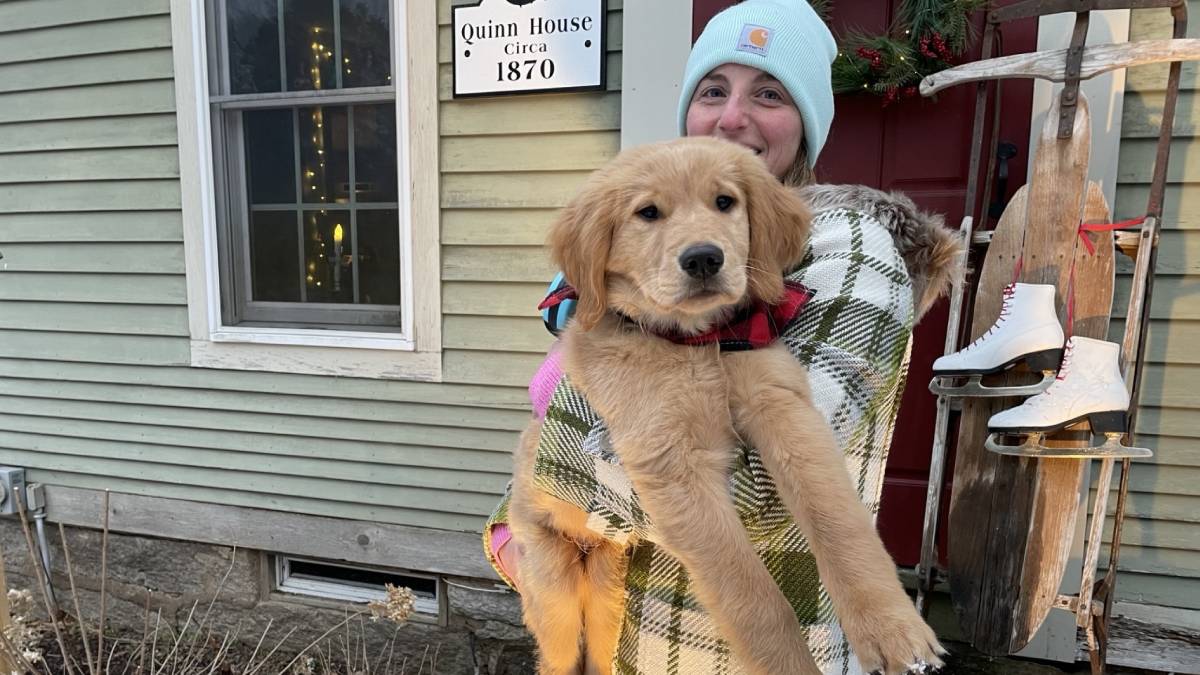Known as living fossils, horseshoe crabs have been around for hundreds of millions of years. The Department of Energy and Environmental Protection says according to reports, over the last 10, their population in the region has declined significantly.
The reason for that decline is unknown. DEEP says one trawl survey they did shows that the horseshoe crab population appears to have increased slightly more recently but that the majority of surveys show a steady decline.
"Certainly all evidence suggests that there's been a real decline and that we probably need to take some action, but I don't think we're at that point, the 'e' word, extinction," said DEEP Assistant Director of Fisheries Division Justin Davis.
The Atlantic States Marine Fisheries Commission, which manages marine fisheries in state waters, completed an assessment last year and found the horseshoe crab population in poor condition. The commission, which Connecticut is a member of, requested that Connecticut and New York take state-level action to constrain harvest of them.
In the area, the creatures are mainly harvested as bait. Horseshoe crabs become sexually mature at around 10 years and can live for more than 20. Scientists say they're an important part of the coastal systems. They're an important predator on shellfish, their burrowing activities affect habitat for other species, and they're a food item for endangered sea turtles and migrating shorebirds.
At a meeting with DEEP Thursday night, fishermen, scientists, activists, and residents came out to voice what they think should be done. Some suggested keeping things as they are while others said that would be a mistake.
DEEP says between 15,000 and 30,000 horseshoe crabs are harvested every year in the state but that New York takes 10 times that amount. Several people said that Connecticut should work with New York to determine a joint policy or that New York should be the primary one taking action.
Local
Options for action discussed at Thursday's meeting include doing nothing, reducing the number that can be harvested every year, reducing the season length, closing harvesting during spawning times, or ending the practice completely.
Fishermen spoke in favor of keeping things as they are. They say they're not seeing the decline. Others said more information needs to be gathered to determine what is specifically causing the decline. Those who study horseshoe crabs say action needs to be taken now.
"We normally have volunteers that put out over 1,000 tags, and this last year they maybe put out 50 and returned the rest of the tags. They couldn't find animals to put them on," said Jennifer Mattei, a professor of biology at Sacred Heart University and the director of Project Limulus, which monitors horseshoe crabs.
"There's plenty of horseshoe crab. You need help tagging, come see the fishermen. Hire us. We'll go tag them for you," said Bob Guzzo, Vice President of Stonington Fishermen and Lobsters Association.
DEEP says they'll consider public comment and engage in internal discussions on what actions to take if any. If DEEP decides to take action, they'll initiate a formal regulation-making process. That'll include another public hearing and a period of public comment. DEEP does not expect changes to horseshoe crab regulations for the 2020 fishing season.
DEEP says it's unknown what the impact any of the options would have on the horseshoe crab and it's unknown what economic impact any of the actions would have.
DEEP says if they take no action, there's a high probability the commission would mandate action, something within its power to do.
If you were unable to attend the meeting, you can still send in comments through March 6. You can email Deep.marine.fisheries@ct.gov.



